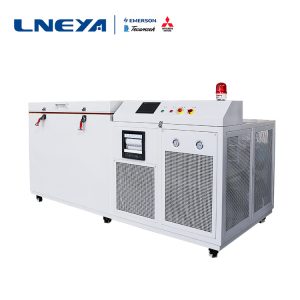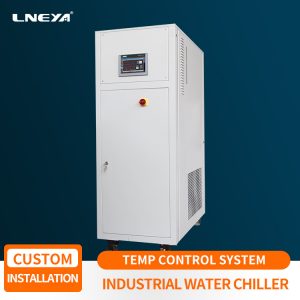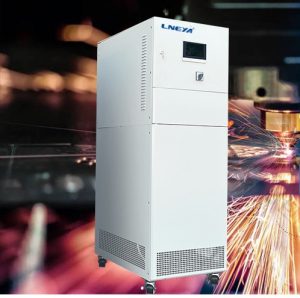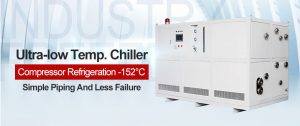Come evitare il funzionamento improprio del circolatore di riscaldamento e raffreddamento?
When the user runs the heating and cooling circulator, the operation needs to follow the instructions. Then, how to avoid unsuitable operation?
LNEYA heating and cooling circulator has multi-function alarm system and safety function. It uses plate heat exchanger and pipeline heater to increase heating and cooling rate. Large-screen touch screen graphic display, heating and cooling machine uses magnetic drive pump, no shaft seal leakage problem. Fully enclosed system, extending the life of the thermal fluid, a very wide temperature range, without the need to change the liquid medium.
Before the heating and cooling circulator is turned on, the inlet valve of the condenser on the unit that does not need to be opened is turned off to cause drowning, and a part of the cooling back water flows away from the condenser of the starting group, thereby reducing the cooling water in the condenser of the running unit. The flow rate causes the condensing pressure to rise. The operating current of the main unit increases. The cooling capacity of the unit is reduced, and the unit will be shut down seriously. It wastes electricity and reduces the cooling effect, and it is also easy to damage the equipment.
Due to the previous misoperation, the condensing pressure of the main engine and the temperature of the cooling water effluent rise, causing misjudgment to the operator. It is mistaken that the cooling water is not enough to open the condenser inlet valve and the cooling water pump outlet valve, and some also increase the cooling tower fan, resulting in increased power consumption of the pump and cooling tower fan. In addition, some users blindly added a cooling water pump. Although the addition of the cooling water pump can indeed reduce the cooling water temperature and the condensing pressure, after all, the power of one pump is wasted, so it is wrong.
The correct operation method of the heating and cooling circulator is that the unit condenser inlet valve is not required to be closed before starting to prevent drowning. Opening the heating and cooling unit will run the inlet and outlet valves on the unit condenser (the general outlet valve is normally open, the inlet valve is opened and closed as needed, and the condenser and evaporator are the same) to open the corresponding cooling water pump. Adjust the inlet and outlet pressure of the condenser to about 68.6 kPa (0.7 kg/cm). If the condenser inlet and outlet pressure gauges are swung too far, the cooling water system has air. The air should be vented until the pressure gauge indicates normal and continue to the next step.
During the use, do not handle all kinds of faults yourself, and avoid secondary damage caused by improper handling.
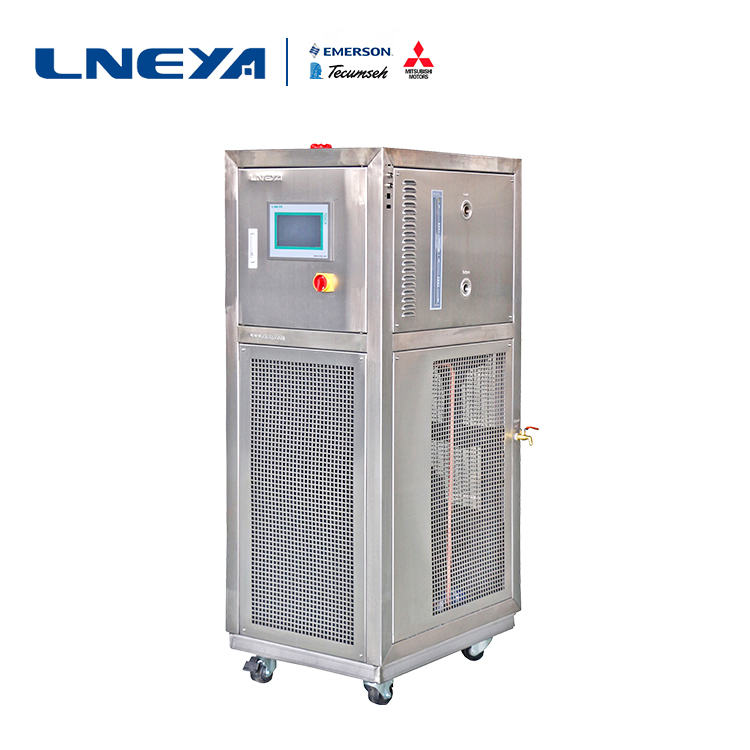
Raccomandazioni correlate
-
Explosion-proof ultra-low temperature refrigerator internal leakage instructions
12581. Sound leak detection method: First, the refrigeration pipeline of the explosion-proof ultra-low temperature refrigerator is filled with nitrogen. Then use a stethoscope to check the interior. When you hear a leak in a certain area, mark it. Car...
Visualizza i dettagli -
How does the Industrial Water Chiller System Work?
1250When using industrial machinery, a cooling system may be required to prevent the machine from overheating. Refrigeration equipment can effectively keep materials in the optimal temperature range, but how does the chiller work? Understanding the wo...
Visualizza i dettagli -
Utilizzo dei sistemi di riscaldamento a olio termico nell'industria farmaceutica
772I requisiti di temperatura di riscaldamento nell'industria farmaceutica sono molto vari, poiché i diversi processi farmaceutici e le fasi di preparazione dei prodotti hanno requisiti di temperatura diversi. Di seguito sono riportate alcune delle temperature di riscalda...
Visualizza i dettagli -
Failure Analysis of Ultra Low Temperature Chiller Supporting Distillation Equipment
1306Once the freezer used in the matching distillation equipment fails, we need to solve it in a timely and effective manner to avoid affecting the operation of the entire experiment. In the pharmaceutical, chemical and other industries, low temperatu...
Visualizza i dettagli
 Refrigeratori industriali LNEYA Produttore Fornitore
Refrigeratori industriali LNEYA Produttore Fornitore









